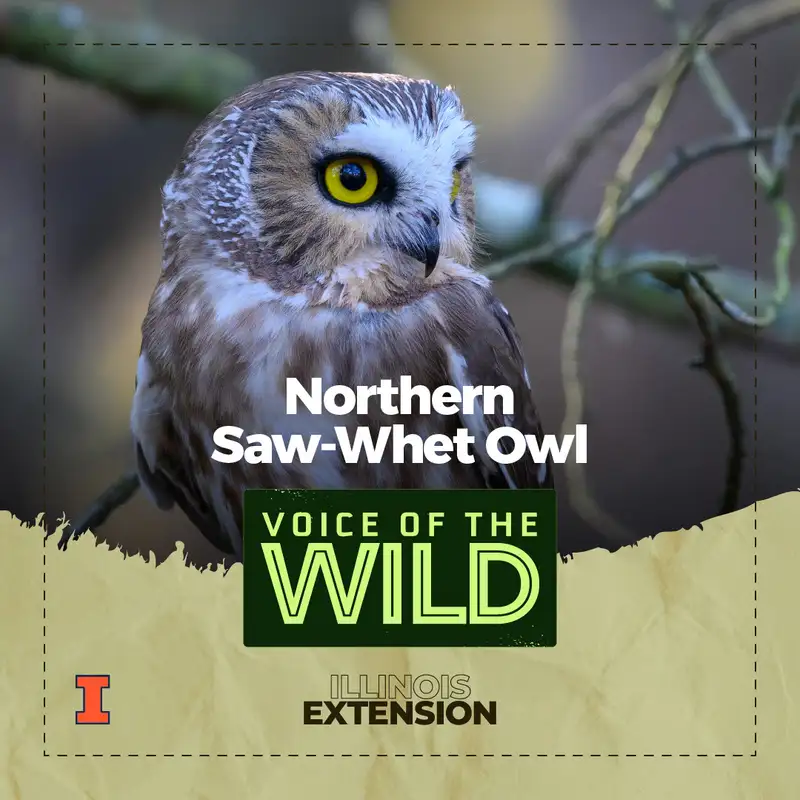
Episode 40 · · 03:05
Northern saw-whet owl (Aegolius acadicus). A cute but seldom-seen owl that visits Illinois only in fall and winter. Do you want to learn more bird songs, frog calls, and insect noise...
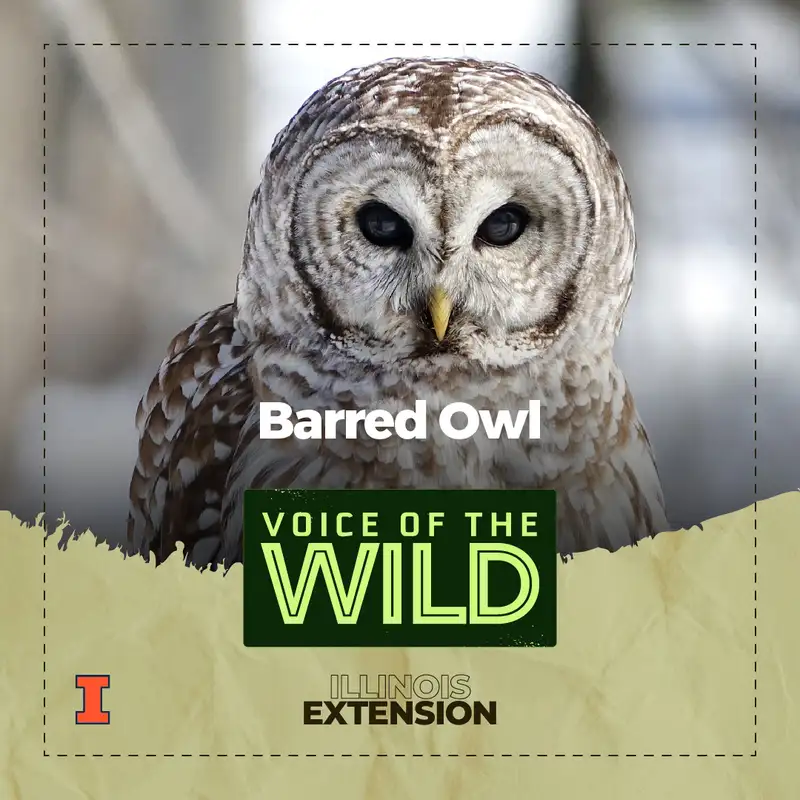
Episode 39 · · 04:01
Barred owl (Strix varia). The dark-eyed owl with a goofy call, a quirky history, and a penchant for bottomland forests. Do you want to learn more bird songs, frog calls, and insect n...
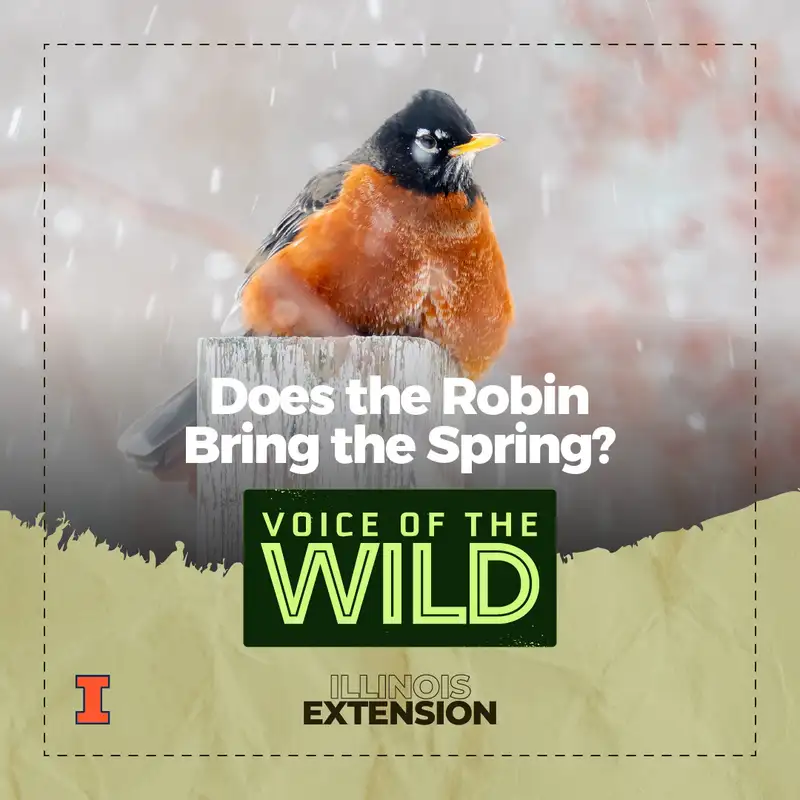
Episode · · 01:35
Is the American Robin really the first harbinger of spring? In this episode I talk about the partially-migratory American Robin and why so many folks seem to think it disappears for ...

Episode 38 · · 03:32
Great horned owl (Bubo virginianus). The quintessential “whooo” owl call belongs to the Great horned owl, North America’s most widespread owl species. The haunting duet of a pair of ...
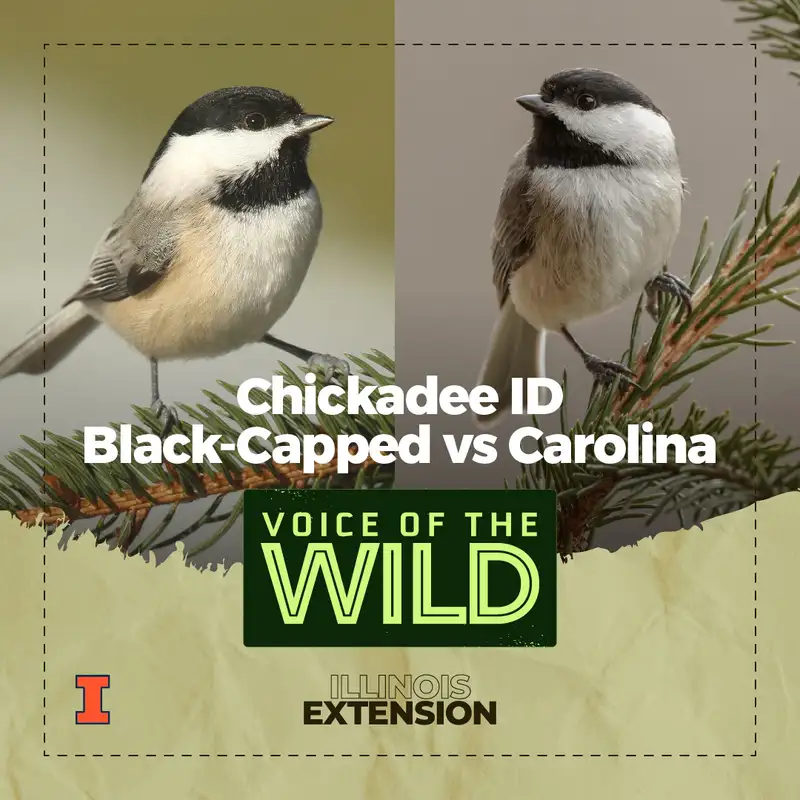
Episode 37 · · 02:22
The Black-capped and Carolina chickadee’s range only barely intersects, so identification is typically as easy as finding out which side of the line you are on. Unfortunately, for th...
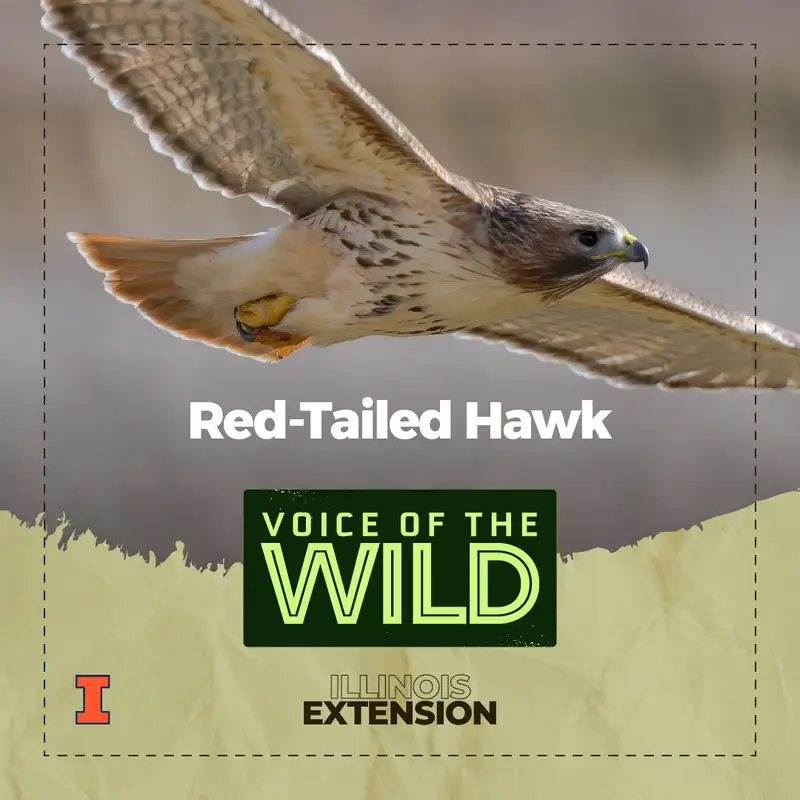
Episode 36 · · 02:26
Red-tailed hawk (Buteo jamaicensis). One of the largest and most common raptors in North America and a common sight along highways, especially in winter. Do you want to learn more bi...
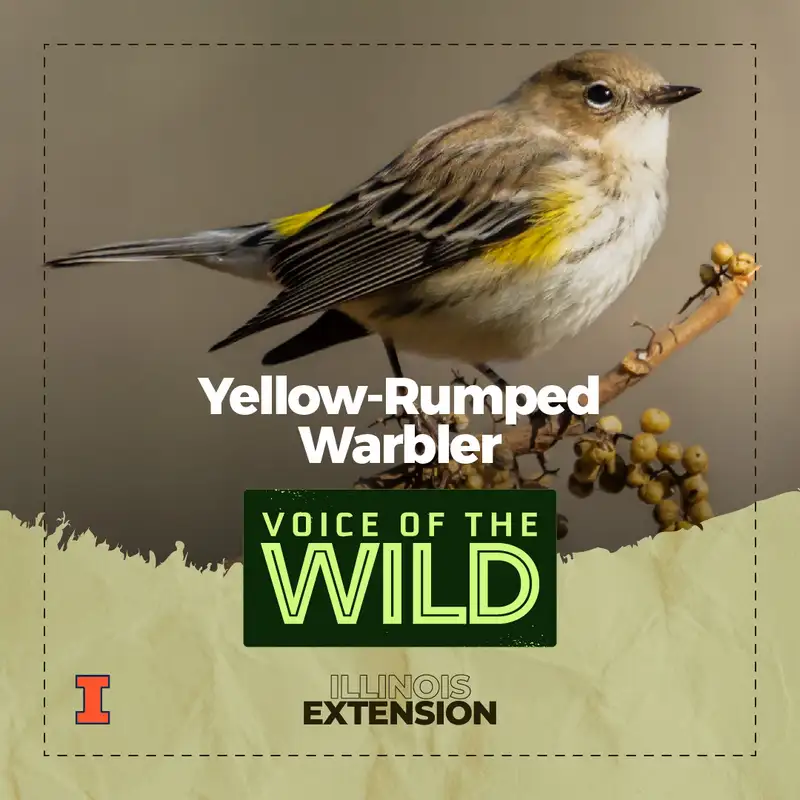
Episode 35 · · 03:03
Yellow-Rumped Warbler (Setophaga coronata).One of the few wood warblers that can be found in the Midwest during winter.Do you want to learn more bird songs, frog calls, and insect no...

Episode 34 · · 03:09
Red-headed woodpecker (Melanerpes erythrocephalus). The only midwestern woodpecker with a head that’s red from nape to throat. Do you want to learn more bird songs, frog calls, and i...
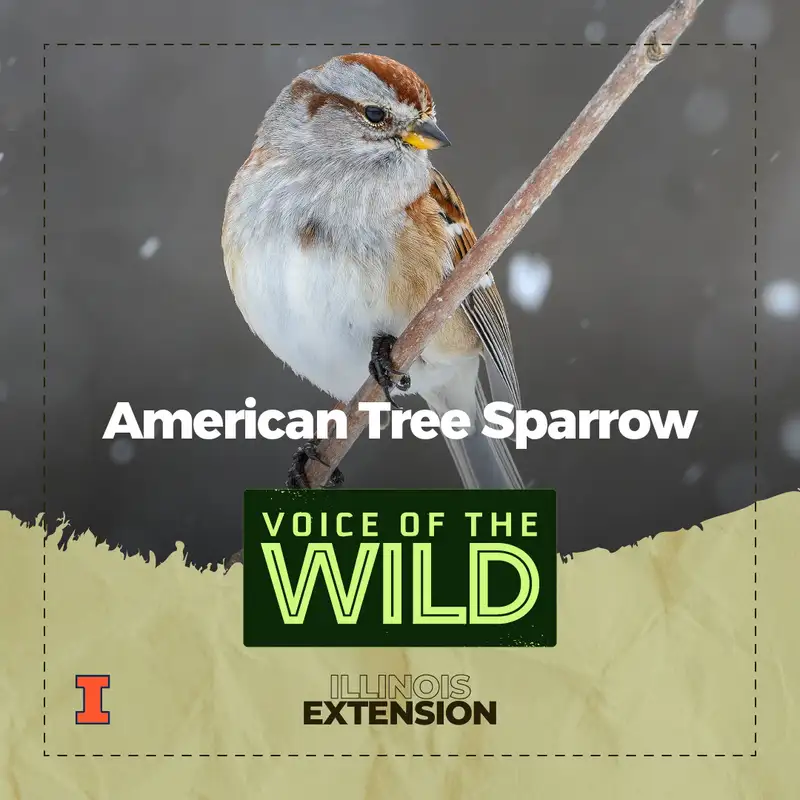
Episode 33 · · 04:06
American Tree Sparrow (Spizelloides arborea). The quintessential winter sparrow and a reminder that, even after the leaves have fallen and the prairies turned gray and brown, there’s...
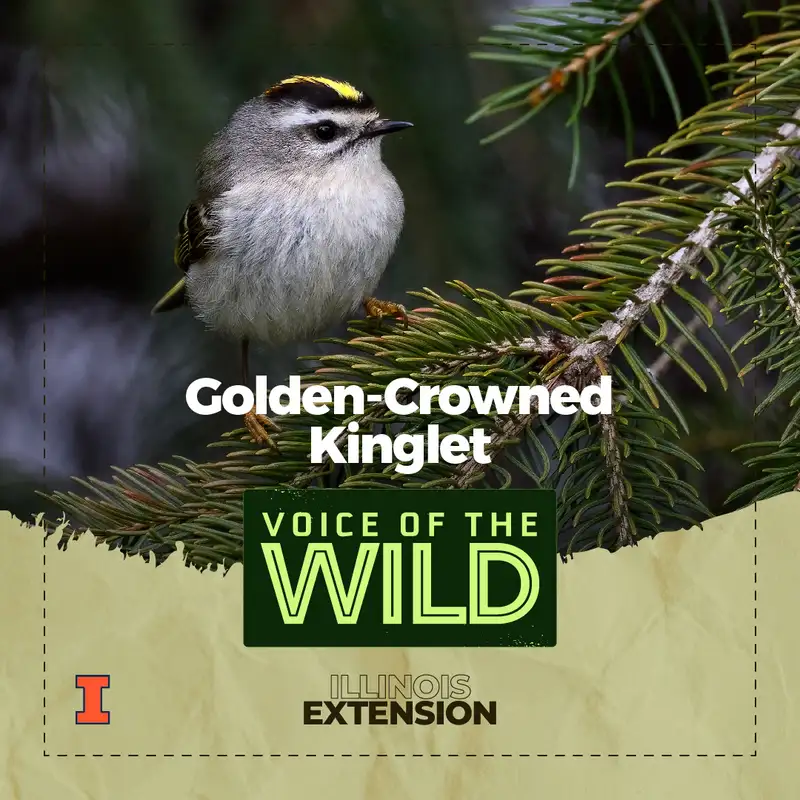
Episode 32 · · 01:55
Golden-crowned kinglet (Regulus satrapa). The golden-crowned kinglet is one of our smallest birds and their sweet, high call is one of winter’s delights. Do you want to learn more bi...
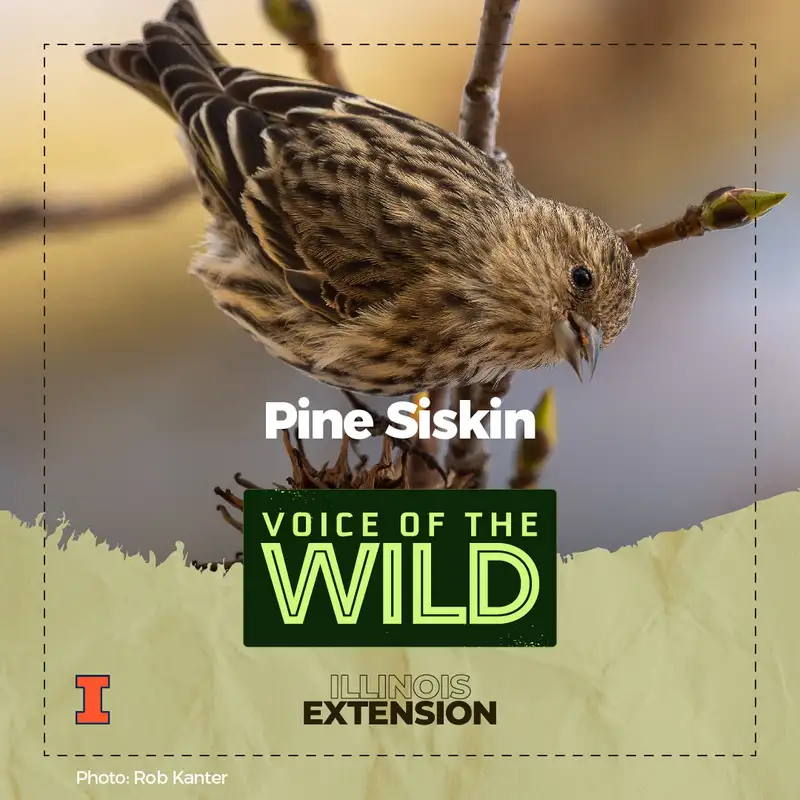
Episode 31 · · 02:58
Pine siskin (Spinus pinus). An unassuming winter visitor with a strongly ascending call. Join Voice of the Wild every Friday to explore a new wild voice. We’re available on most podc...
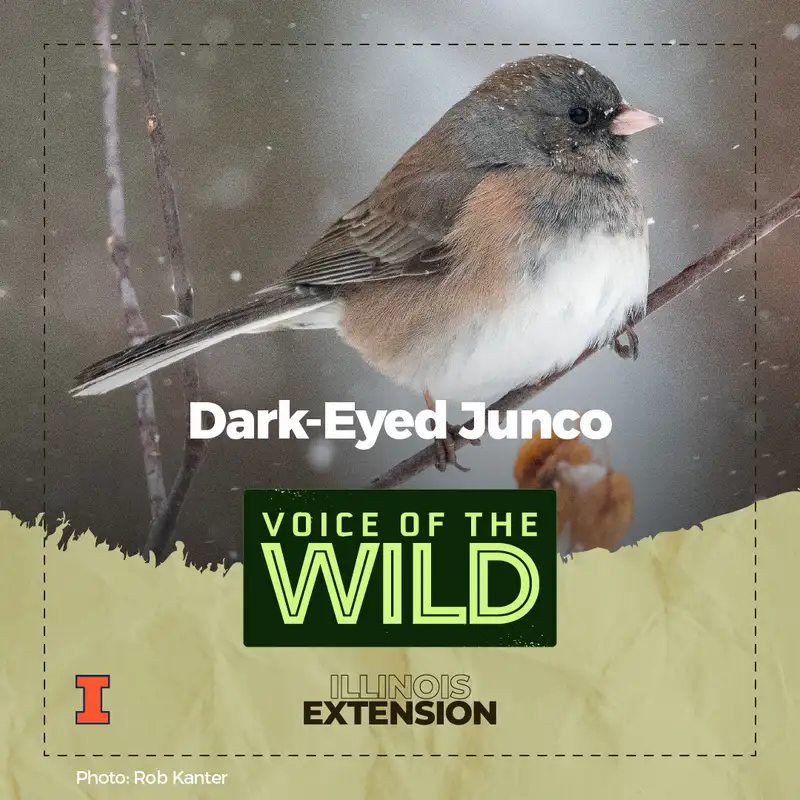
Episode 30 · · 03:12
Dark-eyed junco (Junco hyemalis). Fleeing the chill of the arctic winter, the junco arrives in the Midwest just as our winds get brisk and the leaves start turning. Look for their li...
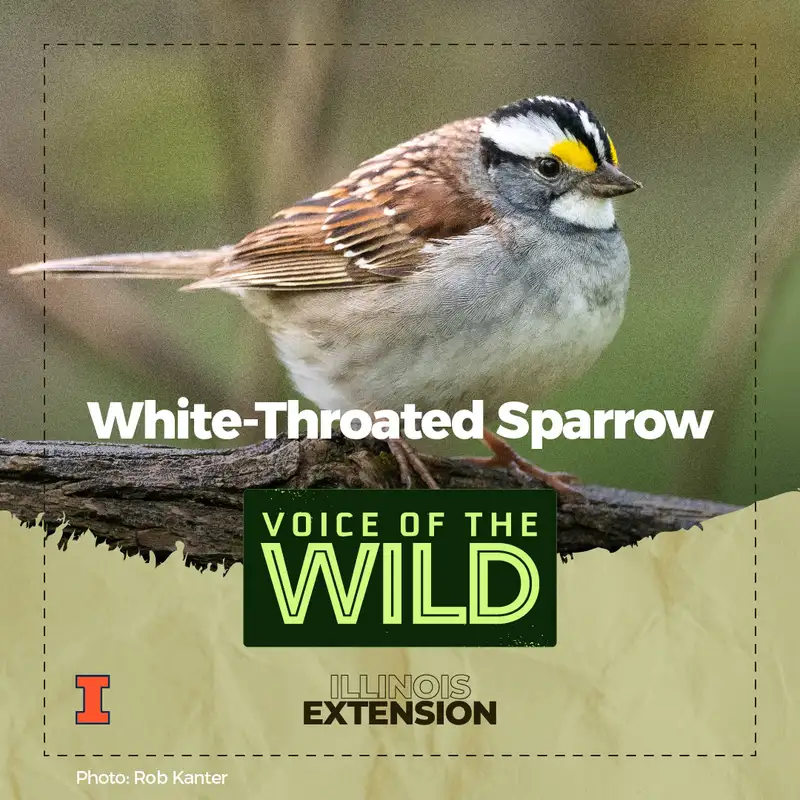
Episode 29 · · 03:13
White-throated sparrow (Zonotrichia albicollis). A big sparrow with unexpected biology and an easy song mnemonic. Look for the yellow spot just ahead of its eye, the namesake white t...

Episode 28 · · 02:49
White-crowned sparrow (Zonotrichia leucophrys). A handsome winter visitor with a crisp cap and a sweet whistle. Look for them starting in October in undisturbed brushy habitats and n...
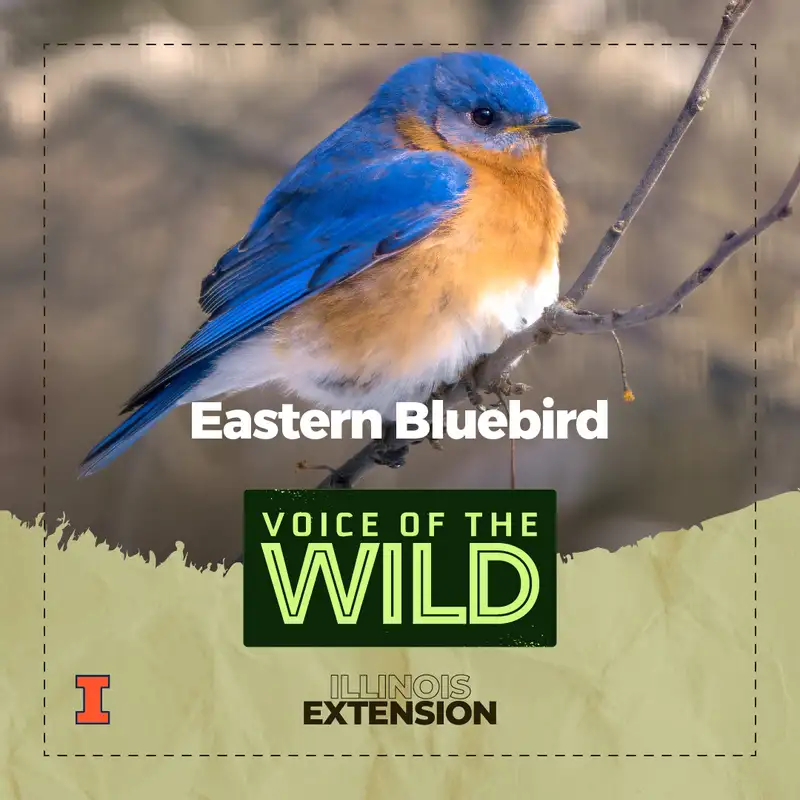
Episode 27 · · 02:50
Eastern Bluebird (Sialia sialis). The beloved Eastern Bluebird is a conservation success story that shows the huge impact of dedicated conservation and stewardship actions. The bird’...
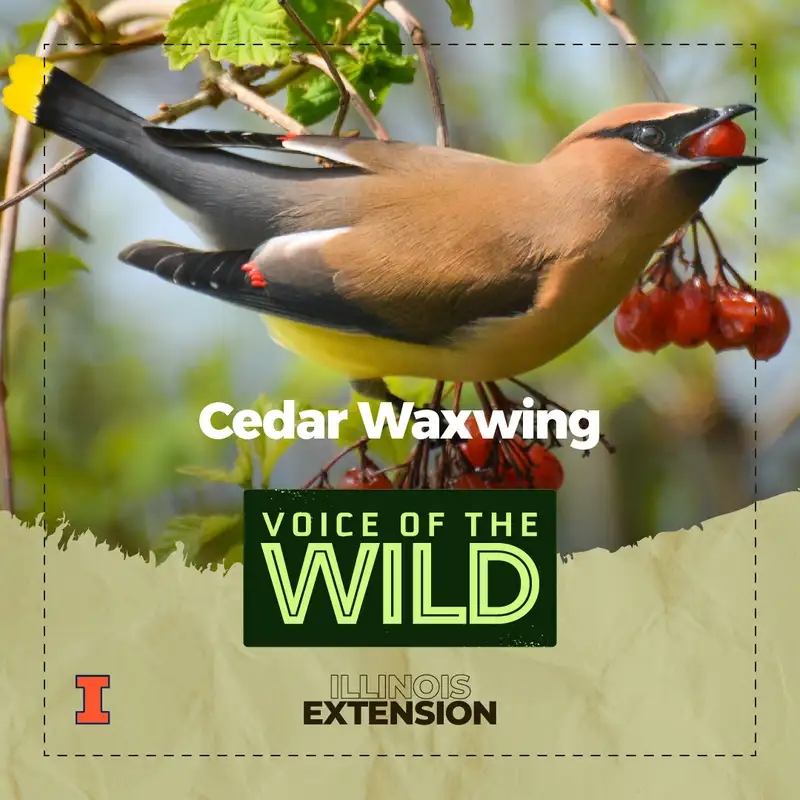
Episode 26 · · 02:23
Cedar Waxwing (Bombycilla cedrorum). The Cedar Waxwing’s high-pitched call is often heard coming from hungry flocks visiting a local stand of fruit-bearing trees. Look out for their ...
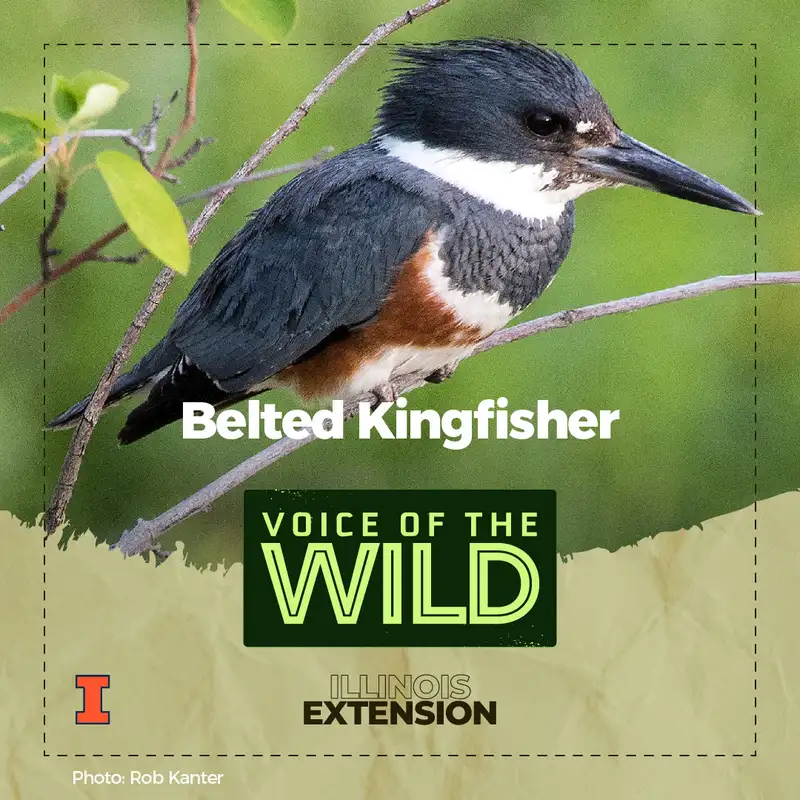
Episode 25 · · 02:21
Belted Kingfisher (Megaceryle alcyon). A kingfisher perched along the edge of a lake or stream is a common sight for anglers – besides perching, the kingfisher can also hover a few m...
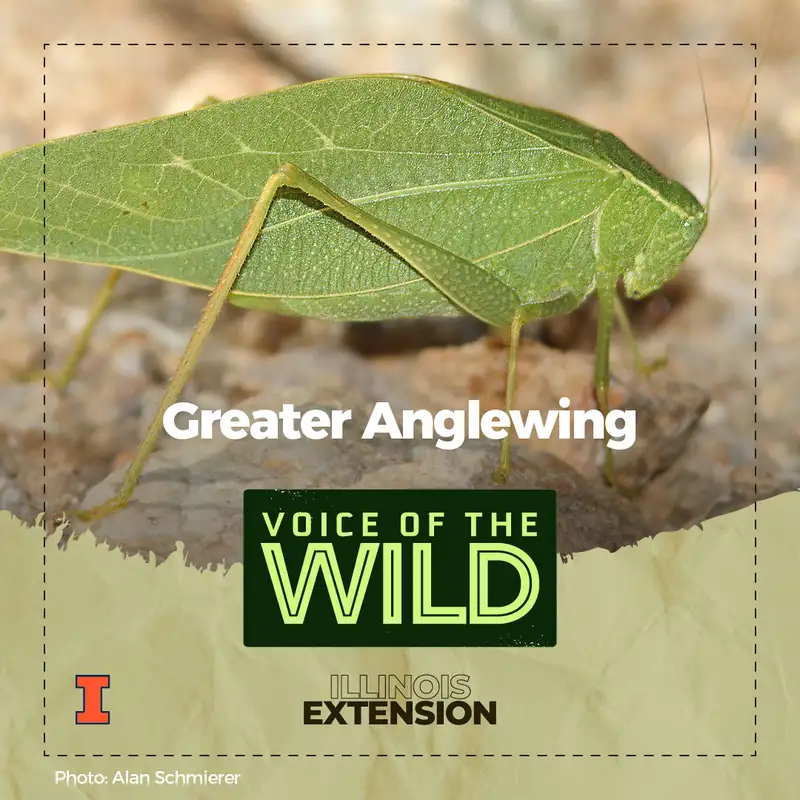
Episode 24 · · 03:34
Greater Anglewing, (Microcentrum rhombifolium).Appropriately named, the greater anglewing has curiously rhombus-shaped wingcovers. These clicking insects emerge a few weeks after the...

Episode 23 · · 02:18
Dog-day cicada (Neotibicen canicularis). While canicularis is the insect most associated with the “dog-day” name, that common name is shared by several species. If the northern dog-d...

Episode 22 · · 02:35
Morning Cicada (Neotibicen tibicen). As the name suggests, this insect sings only in the morning. It begins its rattling broadcast just after the late summer sun has cooked the cool ...